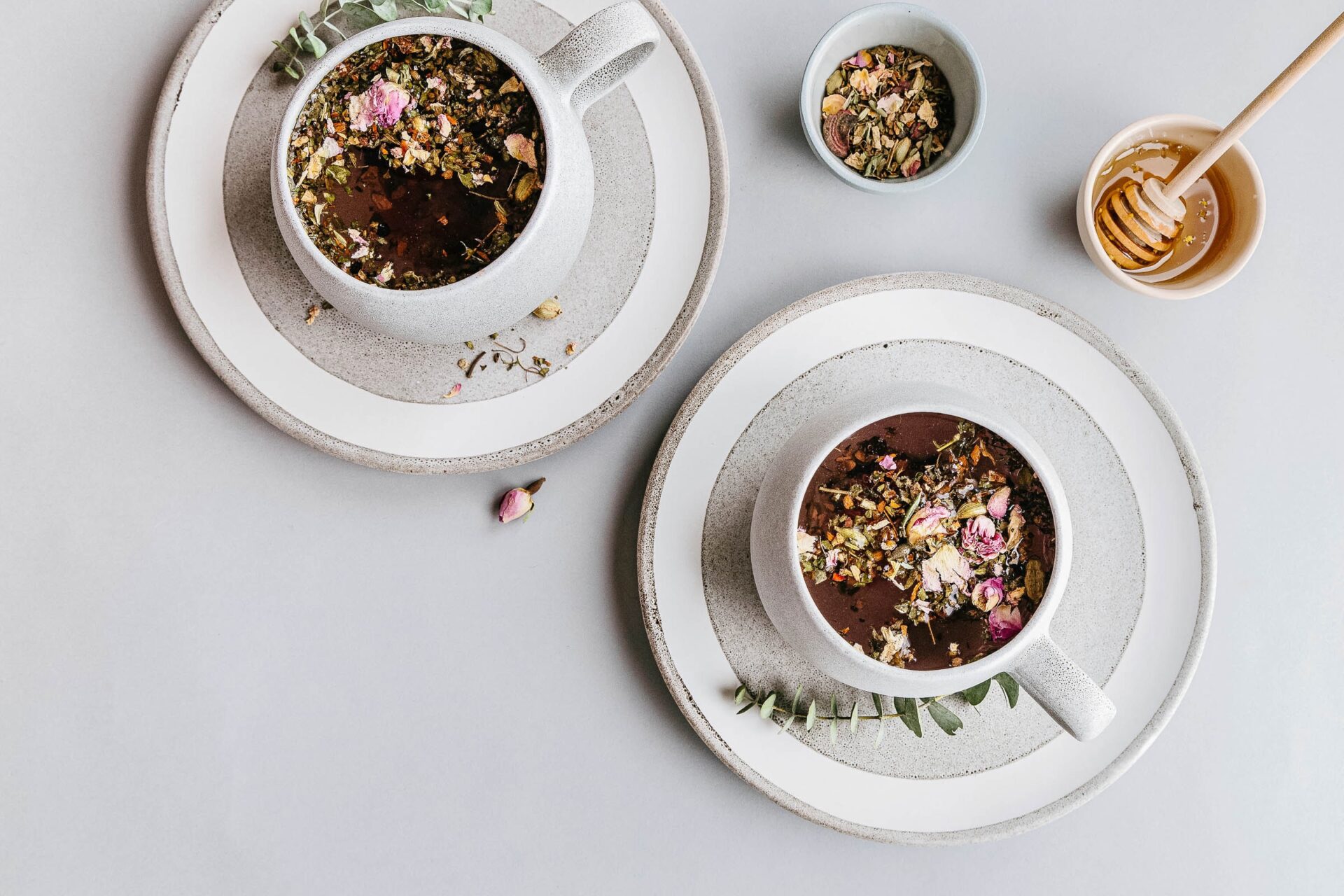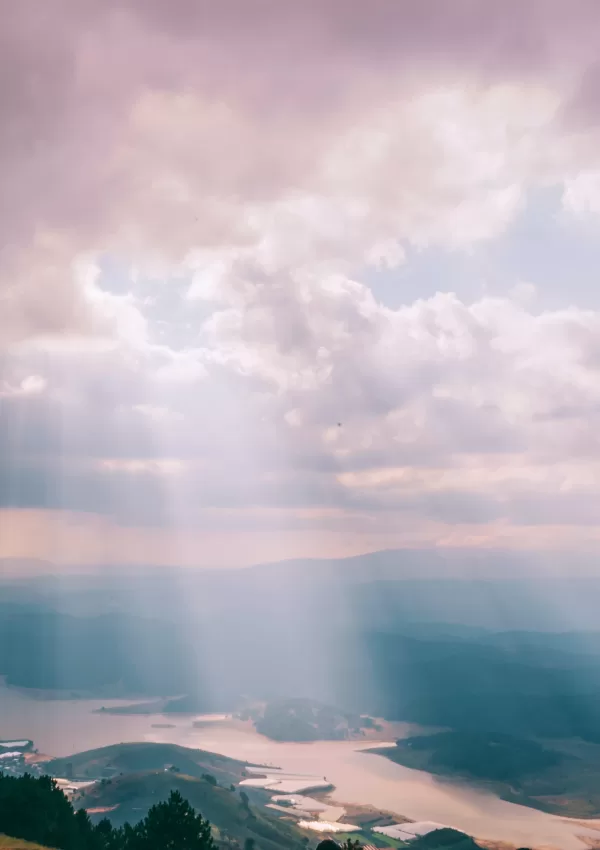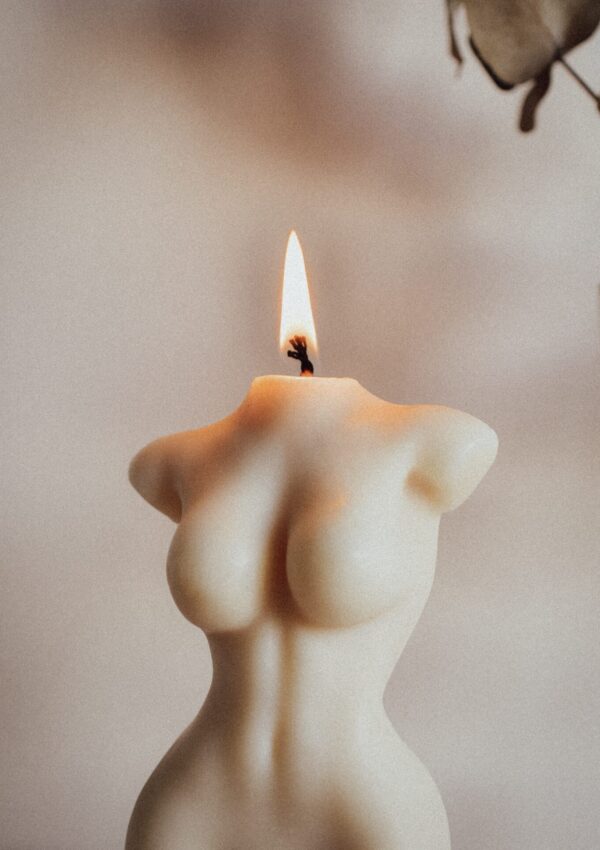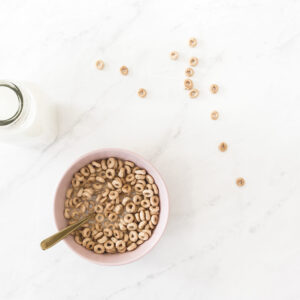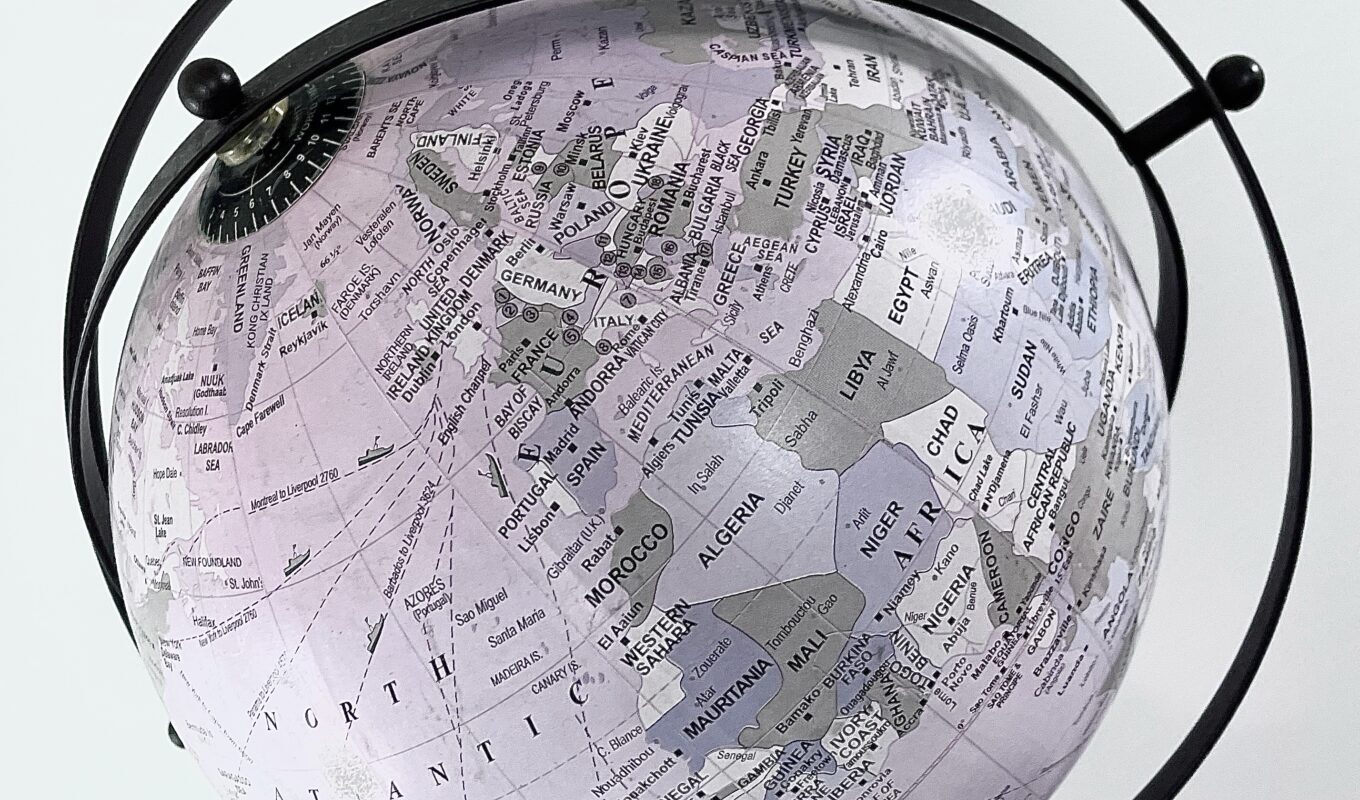 Wellness by today’s standards can be associated with expensive gym memberships, $20 collagen smoothies, and hi-tech fitness watches. It seems that unless you’re part of the wealthy elite, wellness isn’t for you. Thankfully, this simply isn’t true.
Wellness by today’s standards can be associated with expensive gym memberships, $20 collagen smoothies, and hi-tech fitness watches. It seems that unless you’re part of the wealthy elite, wellness isn’t for you. Thankfully, this simply isn’t true.
Wellness practices have been around since ancient times and began with much more scaled-back and simple practices. While our consumerist wellness culture does come up with some cool products to test out you don’t need to spend a ton of money to live a life immersed in wellness.
Wellness practices from around the globe teach us that sometimes the most basic wellness methods have the most profound effect. From Sweden to Japan to India, read on to learn more about different methods of wellness from around the world.
Mayan/Aztec Cacao Ceremony-
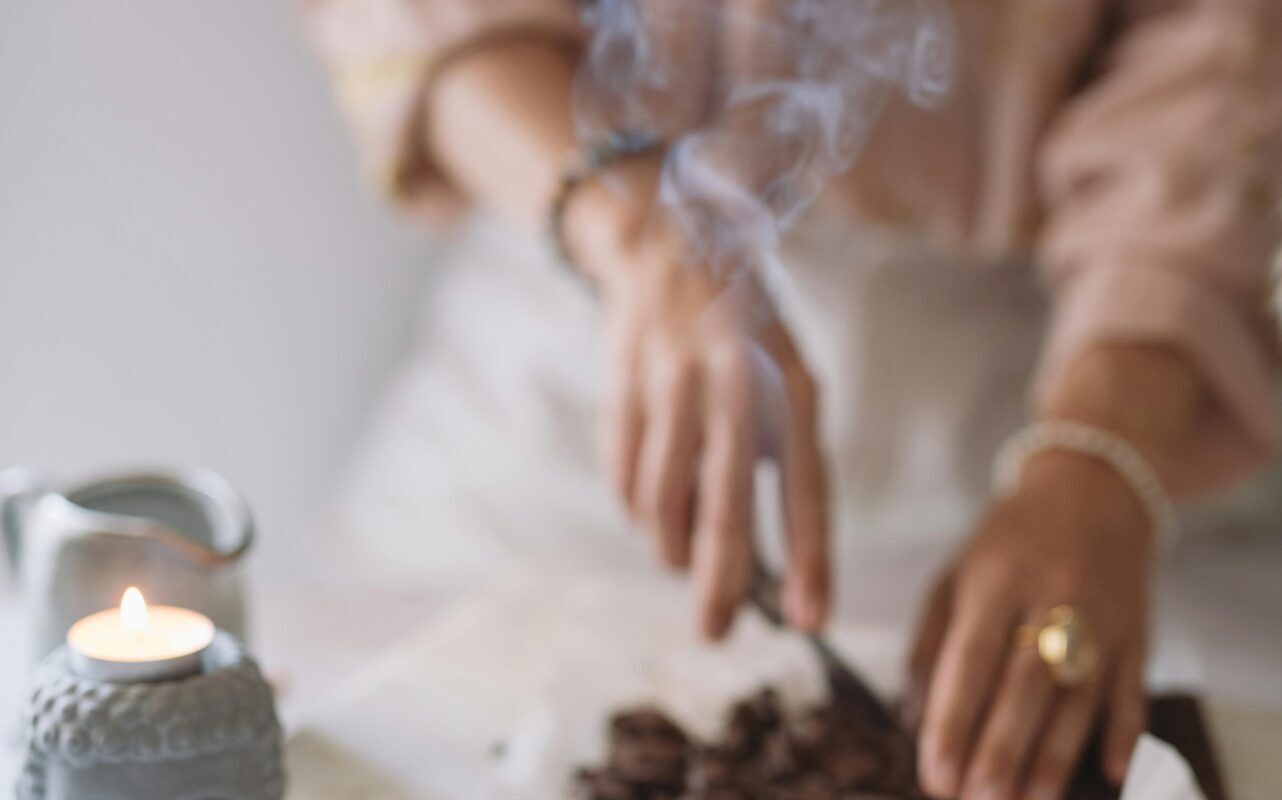 The cacao ceremony originated in Mesoamerica and South America. The Olmecs were the first to use cacao, followed by the Aztecs and Mayans. The people believed that cacao was a gift from the gods.
The cacao ceremony originated in Mesoamerica and South America. The Olmecs were the first to use cacao, followed by the Aztecs and Mayans. The people believed that cacao was a gift from the gods.
It was of high importance and was often performed in their ceremonies, and could also be used as medicine or currency. They believed cacao to have a powerful relationship with blood and the heart. It even produced an intoxicating effect and would therefore be reserved mainly for men.
Cacao—the main ingredient in chocolate has long been associated with the heart. We see this when lovers exchange chocolates on Valentine’s Day. Chocolate is associated with romance and love.
A cacao ceremony uses ceremonial-grade cacao to heal your heart chakra. It can also help to clear any other of your blocked chakra centres. A cacao ceremony is typically performed by a trained shaman or healer, but can also be done on your own.
Meditation, breathwork, dance, and sound baths can help to move around any stuck and stagnant energy blocking the flow in your life. If you plan on doing a cacao ceremony for yourself, ensure that you are using pure ceremonial-grade cacao.
Denmark-Hygge-
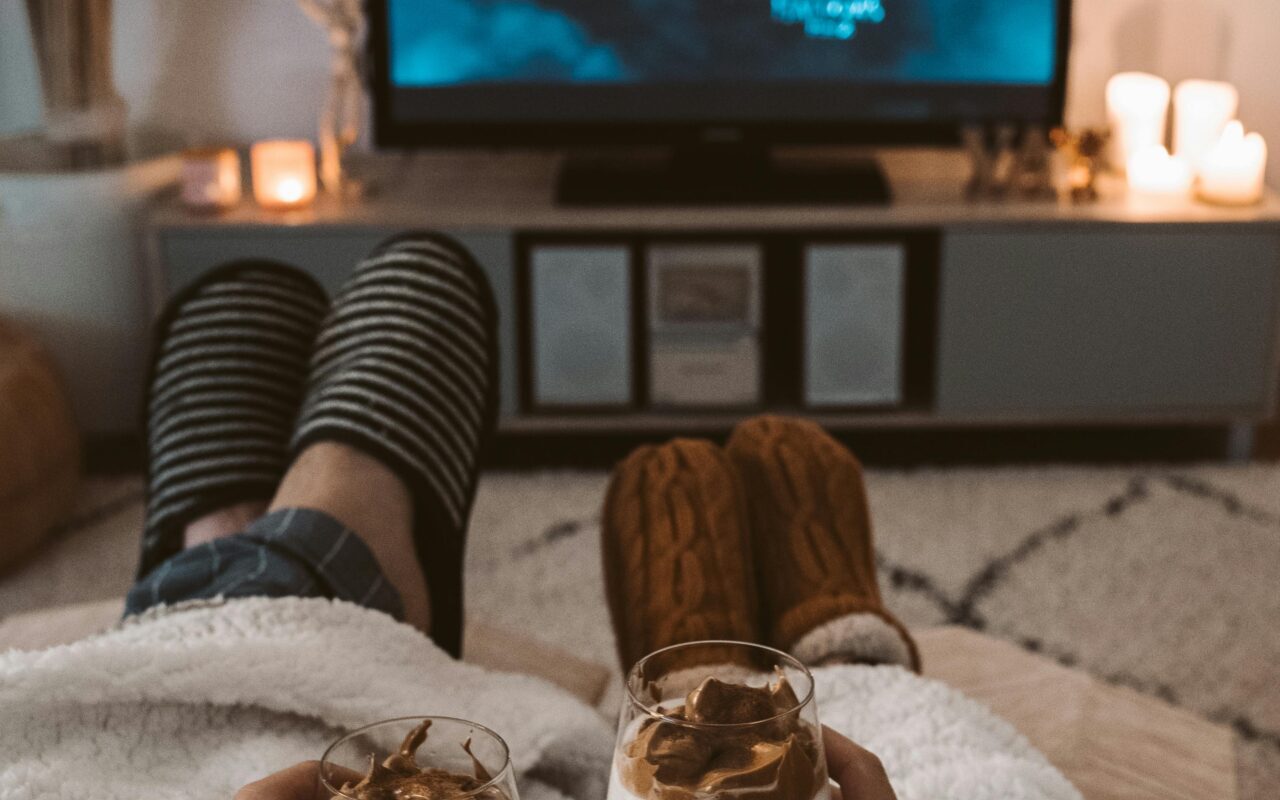 The word hygge (pronounced “hoo-gah”) doesn’t have a direct English translation but is closely related to the word cozy. Fuzzy blankets, fairy or tea lights, warm drinks, and hearty, comforting meals are a few things that come to mind.
The word hygge (pronounced “hoo-gah”) doesn’t have a direct English translation but is closely related to the word cozy. Fuzzy blankets, fairy or tea lights, warm drinks, and hearty, comforting meals are a few things that come to mind.
Hygge is not only related to a certain decor scheme; it goes much deeper than that. Hygge is most easily felt when surrounded by those you love. Playing board games or hosting a movie night are a couple of ways you can elicit that warm and fuzzy hygge feeling.
While it seems easier to create hygge in winter, it can be created at any time of the year. Bonfires on the beach or picnics in the park are very hygge summer activities.
Japan-Shirin Yoku/Forrest Bathing-
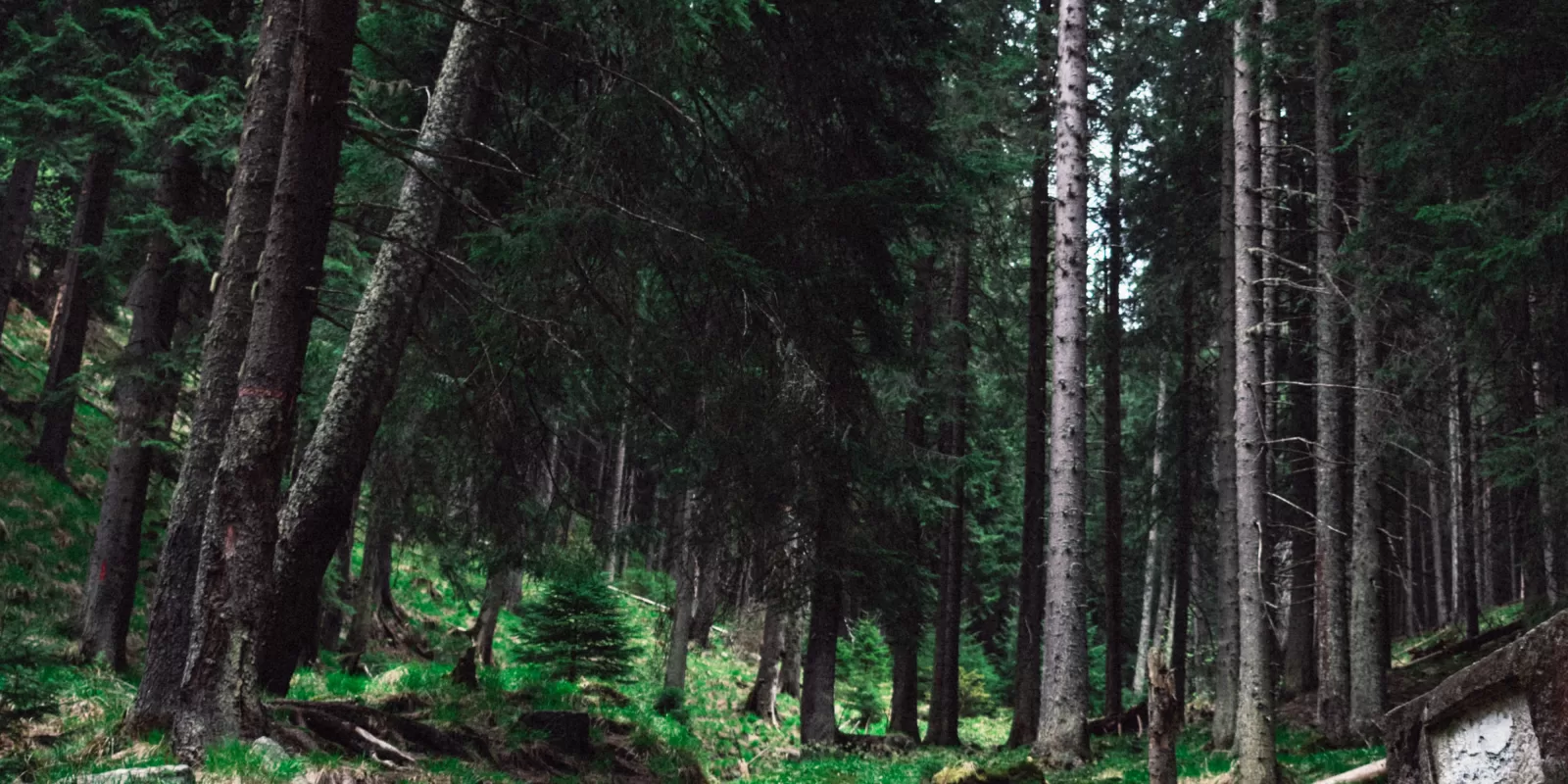 Shirin Yoku is the Japanese practice of forest bathing. Forest bathing is when you can fully immerse yourself and all of your senses in the nature surrounding you. Breathe in the fresh air, listen to the wildlife surrounding you, pay attention to the different colours, or touch the bark of a tree.
Shirin Yoku is the Japanese practice of forest bathing. Forest bathing is when you can fully immerse yourself and all of your senses in the nature surrounding you. Breathe in the fresh air, listen to the wildlife surrounding you, pay attention to the different colours, or touch the bark of a tree.
Forest bathing is like a more active mindfulness meditation. Especially if you live in a city where you can so easily become disconnected from Mother Nature and all of the life lessons she has for us.
Have you noticed how things like anxiety, stress, and tension easily fall away when you’re surrounded by a natural environment? It’s easy to see why the Japanese made Shirin Yoku a wellness practice.
The next time you’re feeling out of sorts, find solace in nature. Focus on nothing but how fresh the air feels, the lush colours around you, and the sounds and movements of the wildlife. Bathe your aura in one of the best places to rejuvenate your energy.
See how you feel after this, and you may begin to correlate spending time in nature with your overall well-being. The Japanese seem to be onto something great with their practice of Shirin Yoku.
India-Ayurveda-
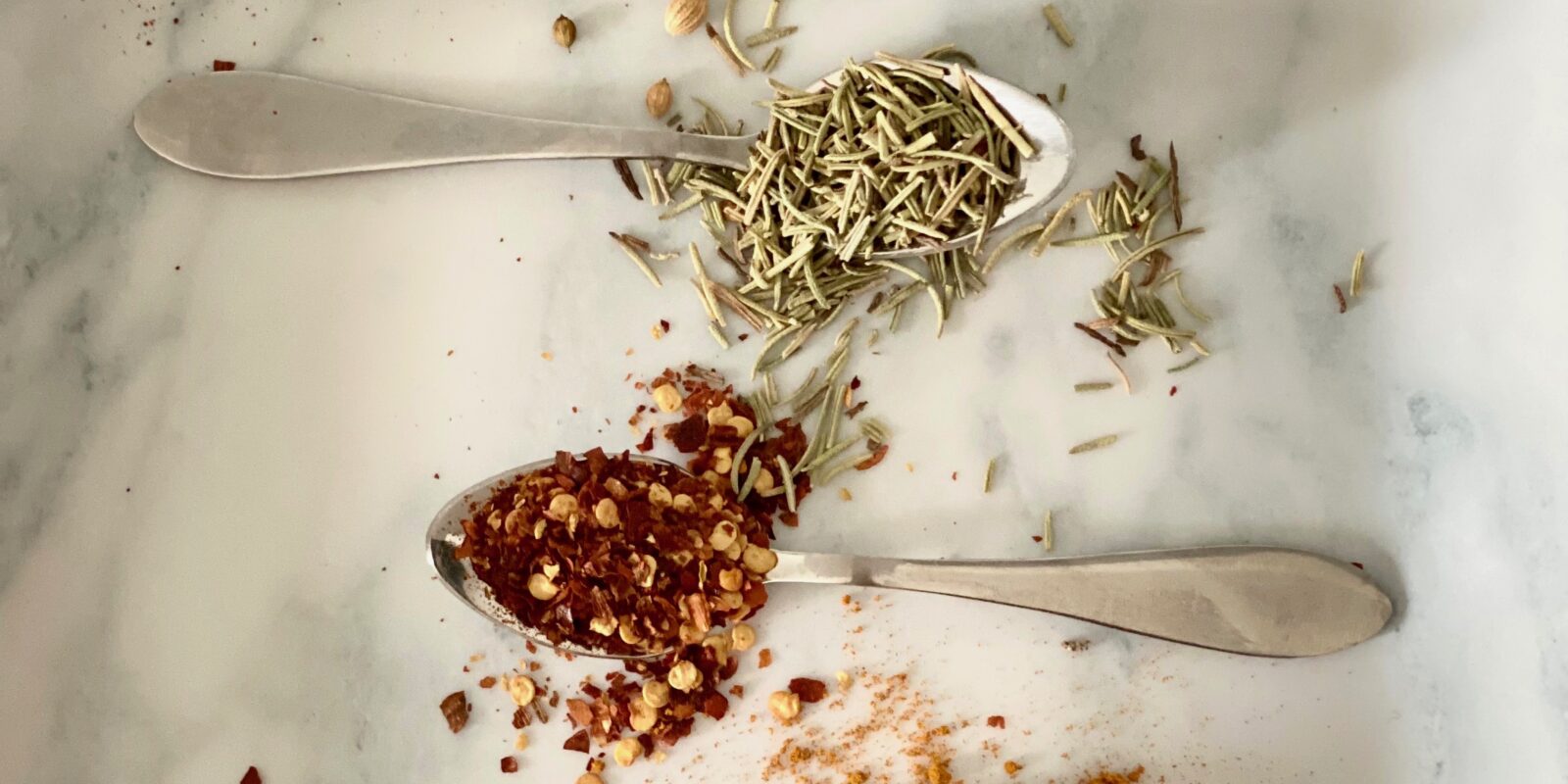 Ayurveda is an ancient Indian traditional medical system that aims to treat the body holistically based on a person’s dosha. The three doshas are Kapha, Vata, and Pitta.
Ayurveda is an ancient Indian traditional medical system that aims to treat the body holistically based on a person’s dosha. The three doshas are Kapha, Vata, and Pitta.
Whichever dosha resembles you and your body the most will tell you which foods will work best for your body, what your fitness routine should look like, and which wellness techniques will be best suited to you.
Ayurveda emphasizes oral hygiene and suggests practices like oil pulling and tongue scraping. It suggests eating your largest meal earlier in the day and lighter meals closer to bedtime, and consuming ginger tea for better digestion.
Self-care practices like mindfulness, meditation, and massage are also important when living an Ayurvedic lifestyle. Sweating regularly through exercise, along with getting proper and adequate rest, helps the body to maintain optimal health.
Read our post linked here to learn more in-depth about Ayurvedic practices.
Russia-Banya-
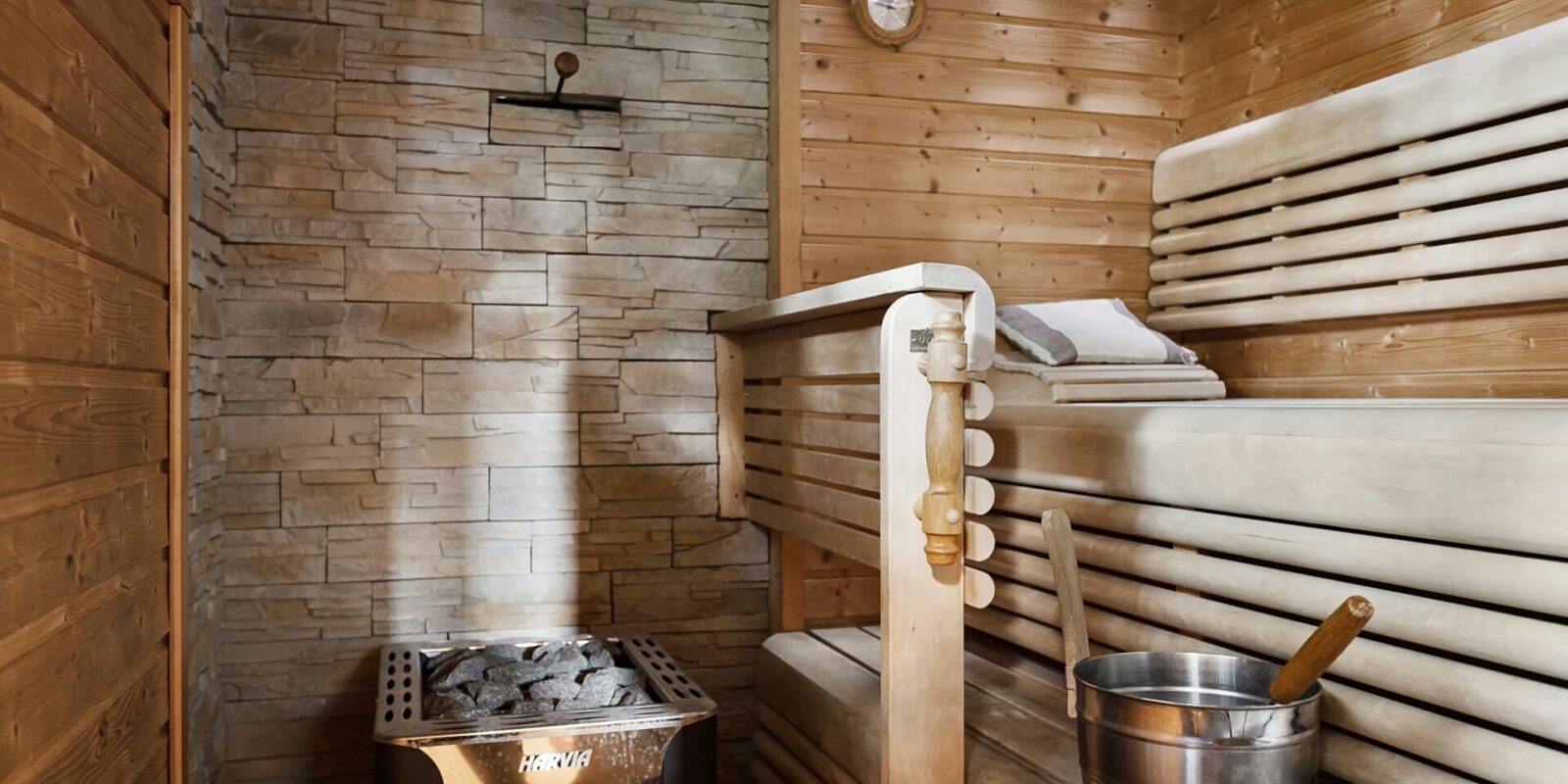 A Russian banya is deeply rooted in Russian culture. It’s a communal bathhouse where people can come together to be cleansed and renewed. The rooms are usually separated by gender, but can, on occasion, be mixed.
A Russian banya is deeply rooted in Russian culture. It’s a communal bathhouse where people can come together to be cleansed and renewed. The rooms are usually separated by gender, but can, on occasion, be mixed.
It includes a wooden steam room and incorporates Venik, a treatment where you get repeatedly hit with a branch (typically birch or oak) with leaves. It might seem jarring at first, but this ancient procedure is believed to reduce inflammation, increase oxygenation, open up airways, and reduce congestion. Venik is also supposed to improve circulation and blood flow.
After the steam, doing a cold plunge or dumping ice-cold water is the next step. After this, you can enjoy some relaxation until you repeat the process. Banya is used as a third space where friends and family can come together to decompress and enjoy each other’s company while sweating out toxins and purifying their bodies.
Indigenous-Smudge-
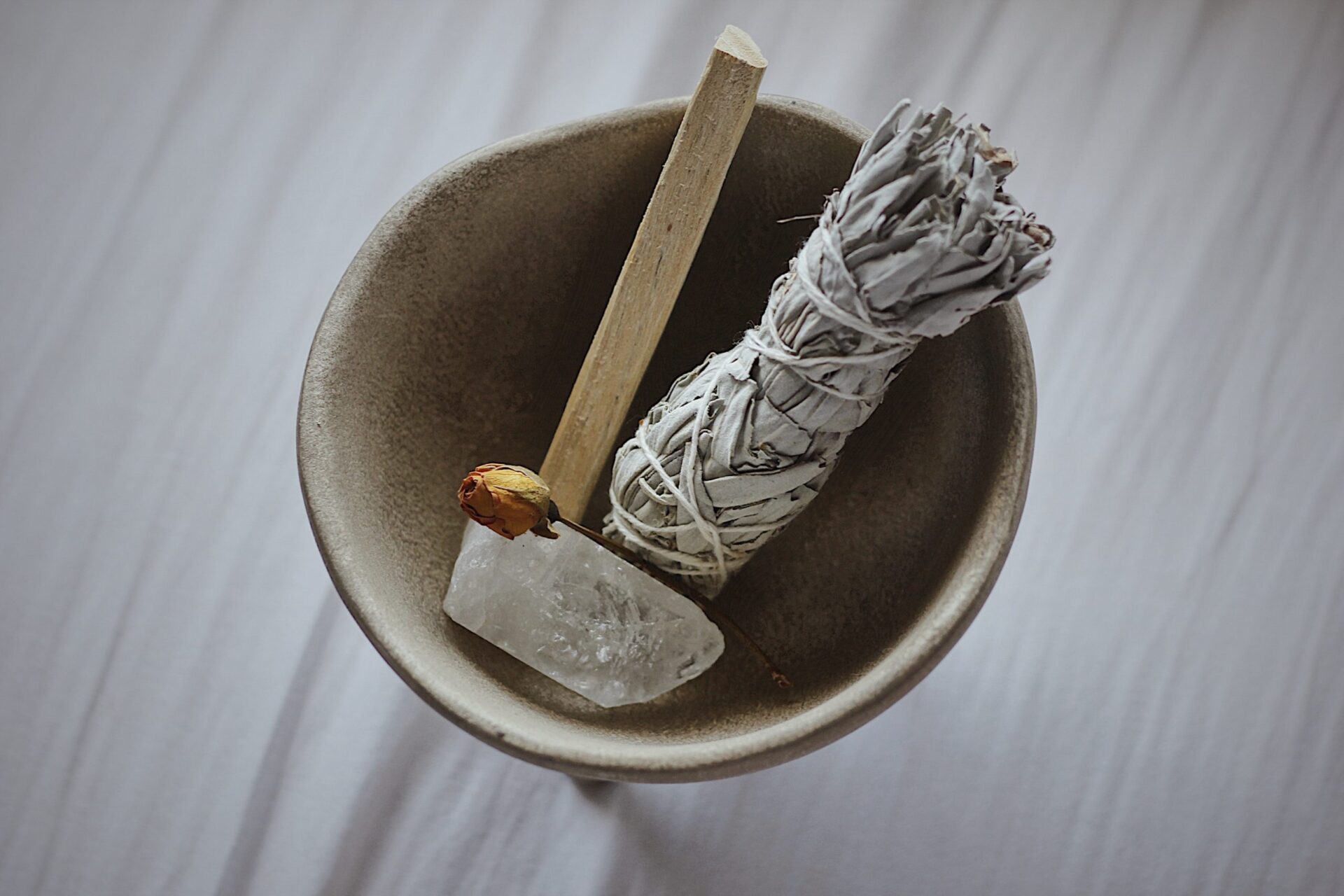 One of the ways that the Indigenous peoples of North America practice self-care and maintain their energetic field is by smudging. Smudging is the act of burning the smoke of a herb, mainly sage, palo santo, tobacco, or sweetgrass, and cleansing yourself and your home.
One of the ways that the Indigenous peoples of North America practice self-care and maintain their energetic field is by smudging. Smudging is the act of burning the smoke of a herb, mainly sage, palo santo, tobacco, or sweetgrass, and cleansing yourself and your home.
For many years during colonization, Indigenous people were not allowed to practice these important cultural traditions. Unfortunately, with the popularization of smudging today, the practice has become commodified and has benefited those with no cultural ties to this practice.
If you want to partake in a smudging ritual to cleanse your energy, check out our post linked here on how to do this respectfully, sans the cultural appropriation.
China-Gua Sha-
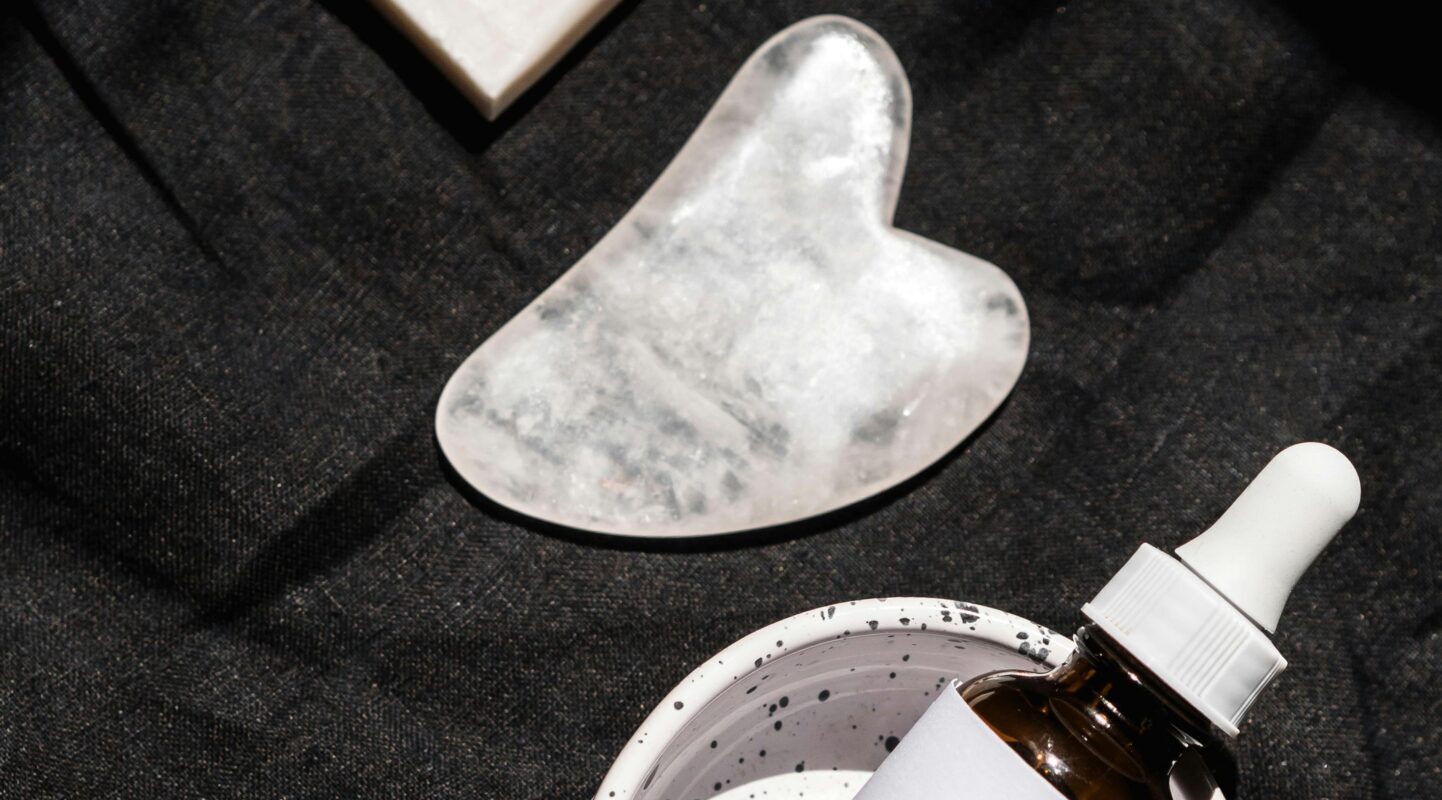 Gua Sha is an ancient Chinese massage technique in which you use a curved stone tool made of crystals like jade, rose quartz, or amethyst. Using light pressure, you’re able to drain lymphatic fluid and depuff since the lymphatic system doesn’t have a pump, creating a more sculpted look on your face, neck, decollete, and body.
Gua Sha is an ancient Chinese massage technique in which you use a curved stone tool made of crystals like jade, rose quartz, or amethyst. Using light pressure, you’re able to drain lymphatic fluid and depuff since the lymphatic system doesn’t have a pump, creating a more sculpted look on your face, neck, decollete, and body.
The lymph nodes are close to the surface of your skin and therefore don’t need a ton of pressure to be drained properly, so remember to be gentle. Using a Gua Sha will increase blood flow to the area (you might be a bit red after use), which will help to detoxify and promote collagen.
There may be phony stones on the market, so aim to buy an authentic Gua Sha made with real crystal. They will usually be a bit heavier in your hand than a fake. Gua Sha is a great tool to add to your beauty routine a couple of times a week.
Sweden-Fika-
 Fika is a Swedish term that means “coffee break.” However, it’s more than just your Starbucks on the go. It’s taking time to savour a coffee and a sweet treat with family, friends, or colleagues, and taking a moment to indulge and rest. While you can fika alone, it’s more often associated with socializing with others that you care about.
Fika is a Swedish term that means “coffee break.” However, it’s more than just your Starbucks on the go. It’s taking time to savour a coffee and a sweet treat with family, friends, or colleagues, and taking a moment to indulge and rest. While you can fika alone, it’s more often associated with socializing with others that you care about.
In North America, it’s almost looked down upon when people take a moment to completely pause. Our hustle culture has condemned the idea of breaks and made us feel guilty for stopping productivity. However, things like fika can help to recharge and rejuvenate your energy and decrease burnout.
Next time, instead of using your break to go over your to-do list, send more emails, book appointments, or whatever else is on your mind, partake in fika. Spend 15 minutes being fully present, in the moment, and engaged in meaningful conversations without guilt. This might take some practiced effort.
Final Thoughts-
While there are so many different cultural wellness practices from around the world, these are only a few. Hopefully, this shows that the wellness movement goes way farther back and is a lot simpler than expensive smoothies, memberships, and high-tech gadgets.
The traditional Cacao Ceremony started long ago in Mesoamerica and South America. Today, cacao ceremonies are used to open up your heart chakra for more flow and love in your life.
In Denmark, Hygge is all about creating a warm and fuzzy atmosphere all year long, surrounded by your loved ones. Japan has Shirin Yoku, where they utilize nature to induce optimal well-being.
Ayurveda is an ancient medical system that originated in India, where a customized wellness lifestyle is based on your dosha. The three doshas are vata, kapha, and pitta.
In Russia, they head to Banya, where they incorporate hot and cold therapy (steam room and a cold plunge, dive in the snow, or dump an ice bucket) along with venik — a treatment where you get hit with a branch to open up airways and improve circulation and blood flow.
North America’s Indigenous people practice smudging to cleanse their energetic field of any negative or stagnant energies. China introduced Gua Sha— a beauty treatment to help with lymphatic drainage and increased blood flow.
In Sweden, they enjoy Fika — a coffee break typically enjoyed with a sweet treat and friends, family, or co-workers. Fika is where you enjoy a moment of pause from your busy day to regroup.
This goes to show that wellness isn’t a new concept and has been practiced around the world since ancient times. When you begin to feel like wellness has become a market only for the wealthy and privileged, hopefully, this serves as a reminder that wellness is for everyone.
